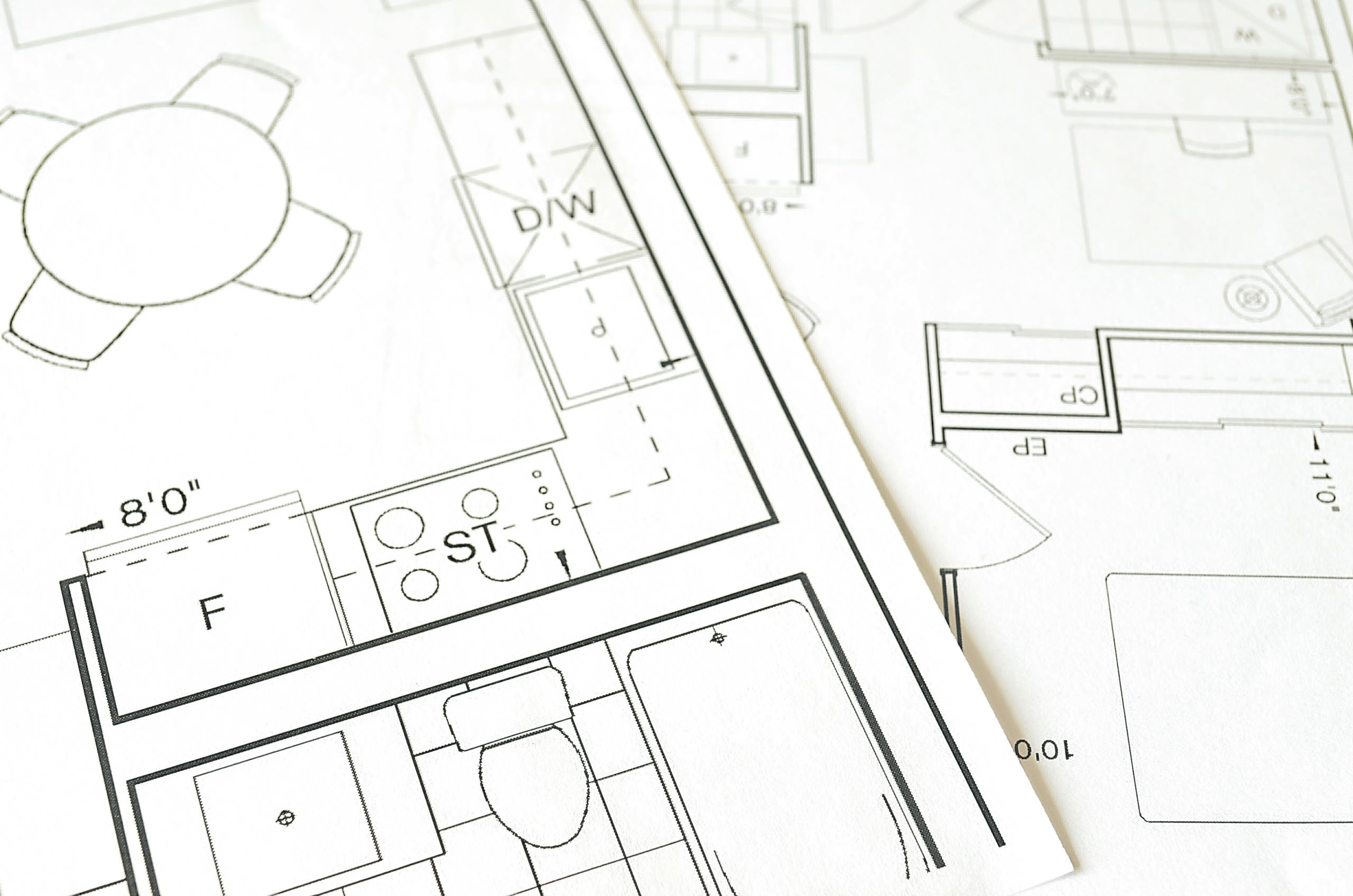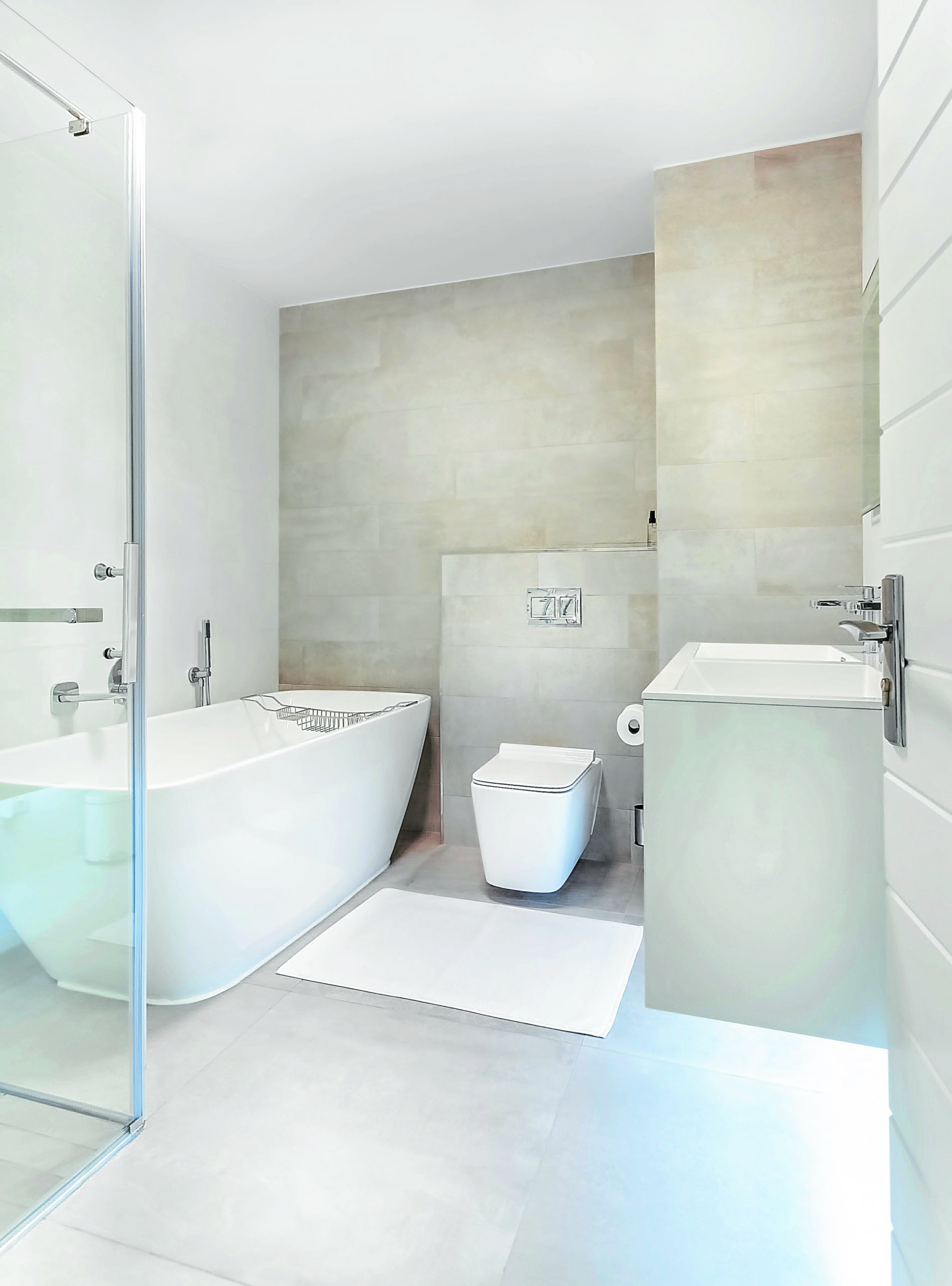
Moving into an ideally-perfect, newly-built home sounds thrilling. However, remember that the adage “don’t judge a book by its cover” also holds true when it comes to real estate.
Prior to the turnover of your home, the builder has to seek for your approval. This is when the final inspection or “punch listing” happens. Through punch listing, the project’s compliance to what was agreed upon is assessed. This can be a crucial step preceding the turnover. Before permanently settling in your soon-to-be home, here are some general and specific guidelines on how you can ace your scheduled punch listing sessions.

What to expect
Punch listing stage is among the final steps prior to the actual turnover of a house. It is important for homeowners to be involved in assessing the quality of their future homes. After all, it isn’t called the final inspection for no reason.
Although homeowners are usually the main protagonist during punch listing sessions, it is advisable to have a contractor or designer with you, assisted by a carpenter, electrician and/or plumber throughout the inspection. While most homeowners are familiar with what to look for in a house, there are instances where technical issues need specialized consultants. You may also have to bring a camera for documentation, a steel or measuring tape to confirm measurements, a copy of the floor plan to check its actual accuracy, and other tools such as a plumb bob, electrical tester or a levelling tool.

Always start from the entryway
To make sure that all areas of the house will be covered, always start with the entryway. These areas usually consist of the gate, driveway, garage floor and the main door. Both the gate and the main door should open and close completely, and if you happen to have an automated one, try operating it using the wall switch and the remote control.
As you approach the entryway, take time to have a good look at the quality of workmanship of exterior finishes. Make sure that all surfaces are correctly and evenly applied. At ground level, make sure that no cracks are present in the driveway, garage floor and patio.


Proceed to general utilities, installed items
Be extra meticulous when checking the electrical and plumbing utilities of your house.
In the kitchen and bathroom, for example, make sure that all countertops and the front of each cabinet have smooth finishes, free from blemishes and scratches. If you can, try opening each and every cabinet and drawer to see if everything can be easily pulled in and out.
When it comes to plumbing fixtures, run each of them for five minutes to see if they are all working continuously. Take time to trace if there are any water leaks in walls, ceiling or corners. To properly inspect a bathtub and sink stopper, add a couple of inches of water then wait for two to three minutes to see if no leakage will occur at the stopper. For the toilet, start flushing then check for leaks at the base. You can also try sitting on the toilet to see how secure the mounting is.
In terms of electrical work, always start with the main circuit breaker. Make sure that it is located somewhere accessible to all members of the family. Check if all labels coincide with the switches, and consequently, make sure that these switches do work.
Moving into the individual electrical fixtures, make sure that all light fixtures are installed without broken parts. Simply turn on all light switches and fixtures to see if they all work perfectly. For outlets, bring a tester or small appliance like a radio or even a phone charger to see if they work.
#realestateblogph | #realestateblogphpropertynews | #REBPH | #realestate | #residentialbuyerchecklist | #checklist | #propertyturnover
Article and Photo originally posted by Inquirer last January 9, 2021 3:10am and written by Ar John Ian Lee Fulgar. Minor edits have been made by REBPH to cater to its own readers.







More Stories
Vista Land Celebrates 50 Years with Sandiwa: An Event Honoring Leadership, Legacy, and the Filipino Dream of Homeownership
Vista Land Celebrates Love Month in Ilocos Region
Vista Land Bridges Cebuano Heritage and Progress with Valencia by Vista Estates